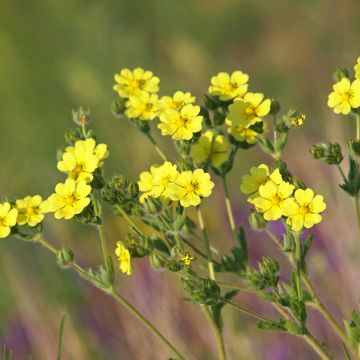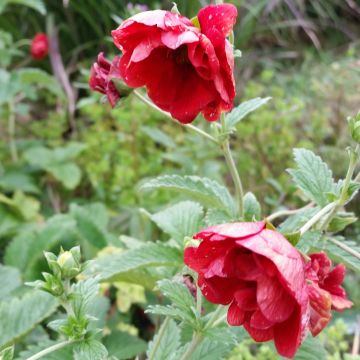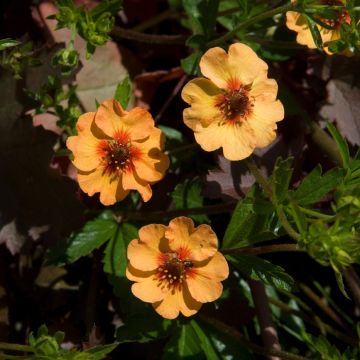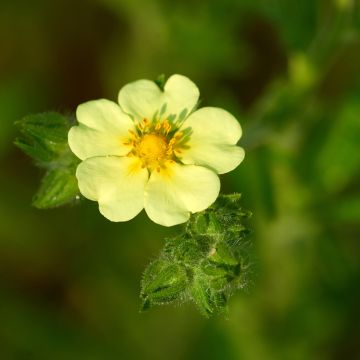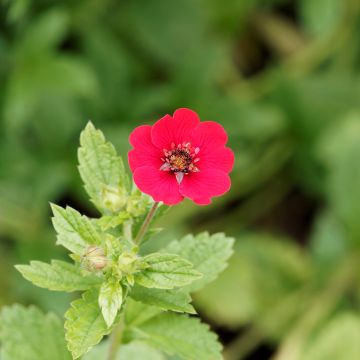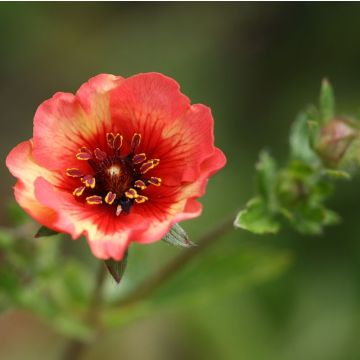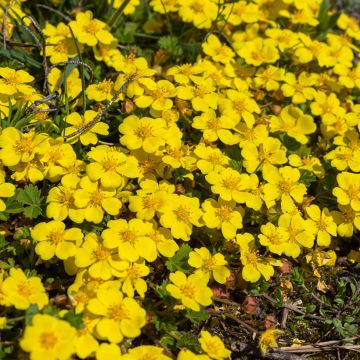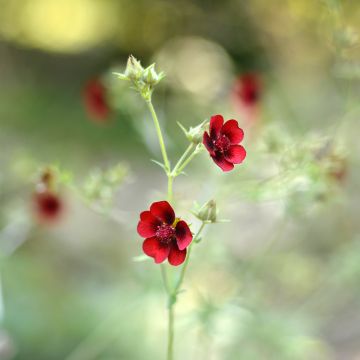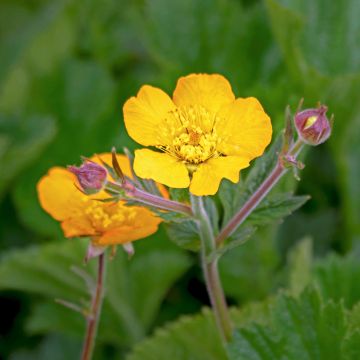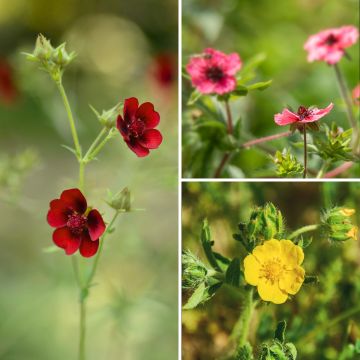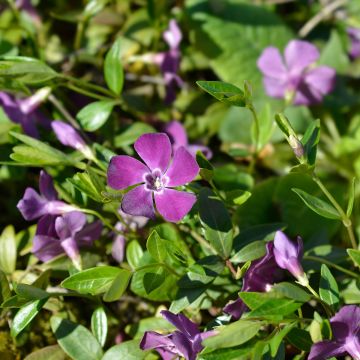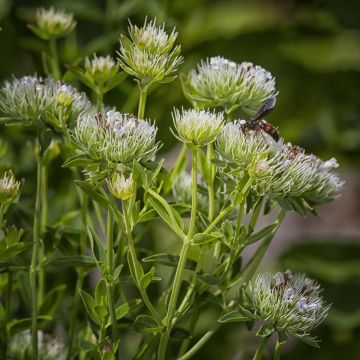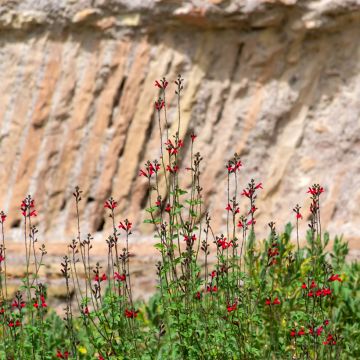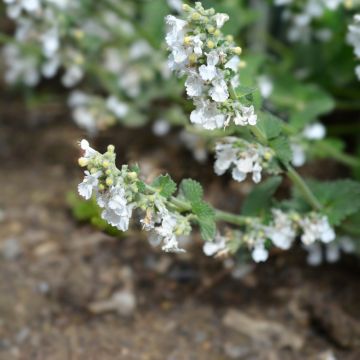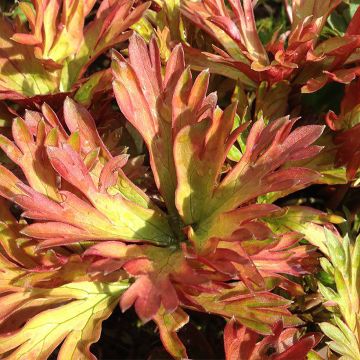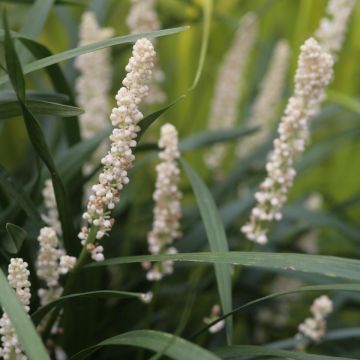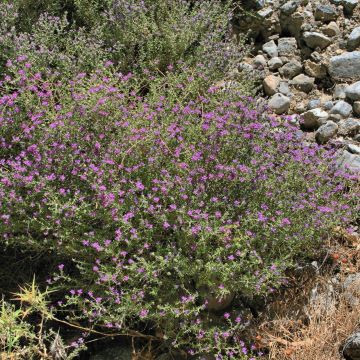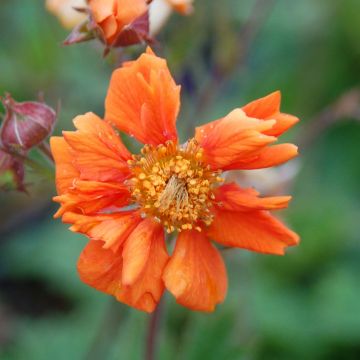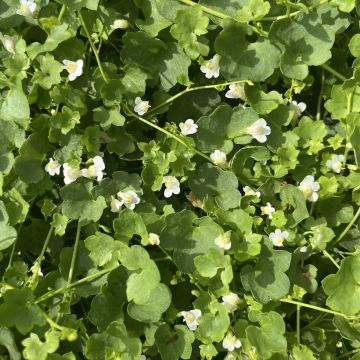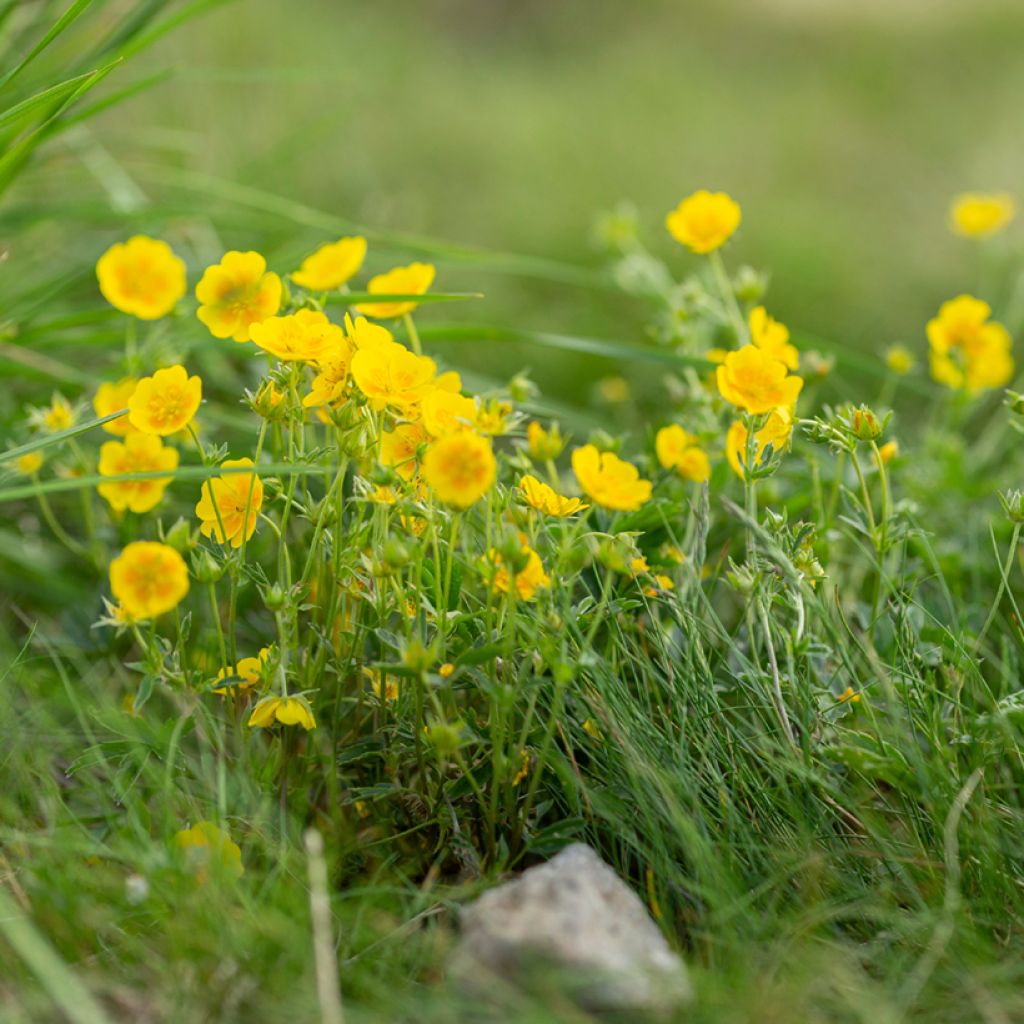

Potentilla aurea
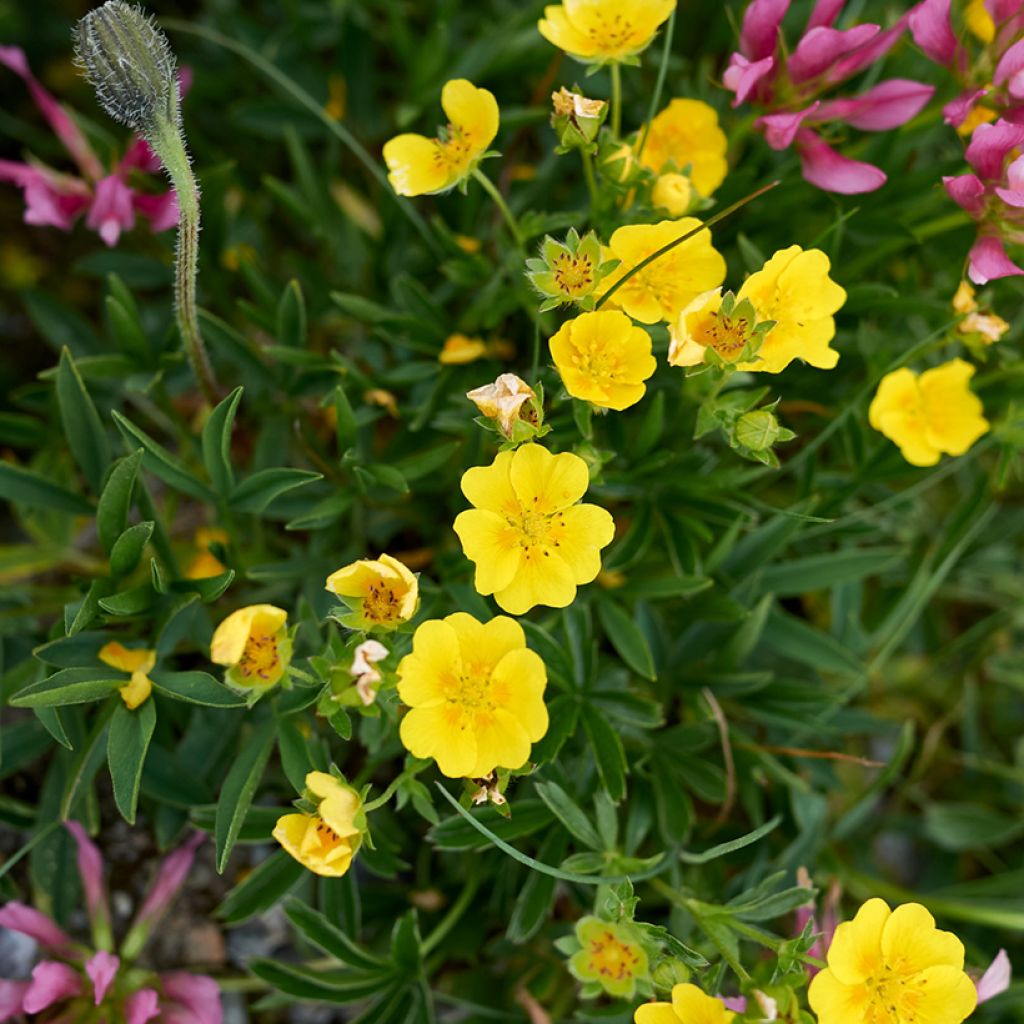

Potentilla aurea
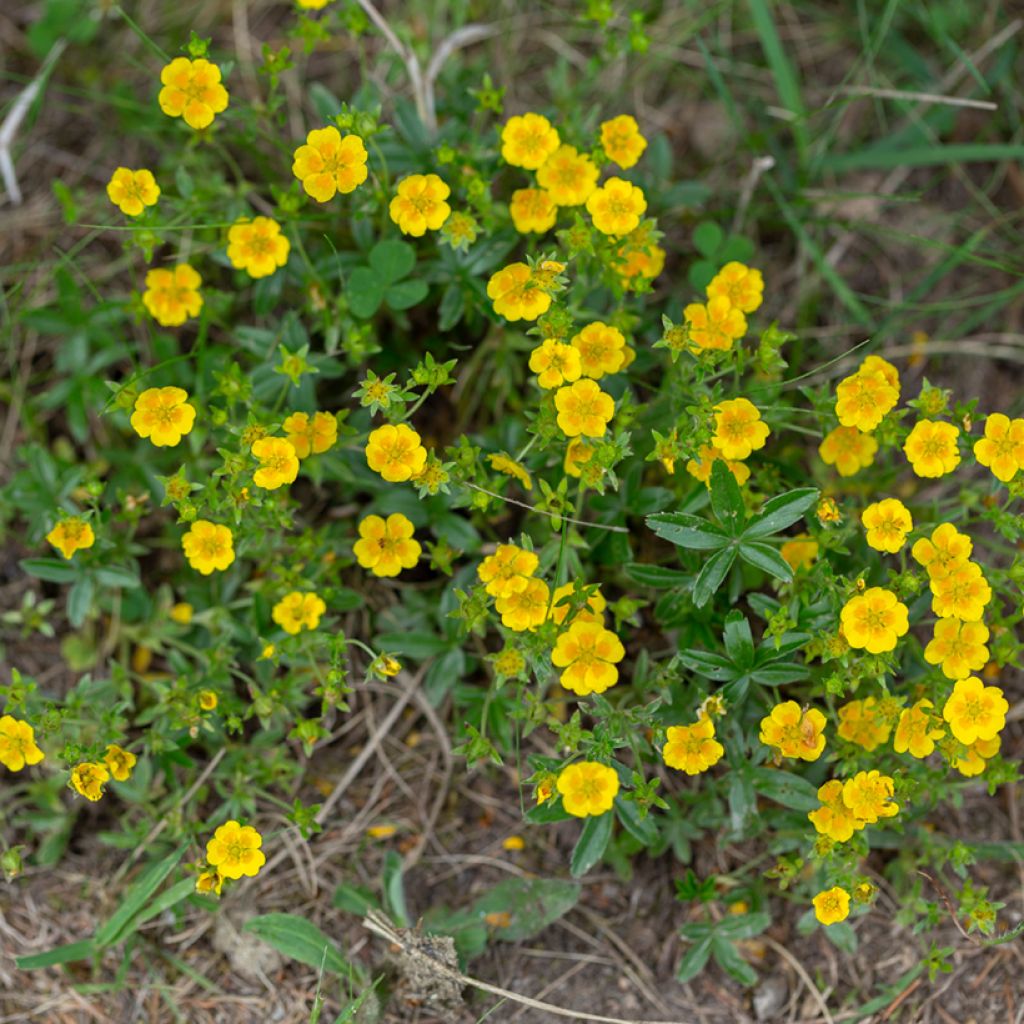

Potentilla aurea
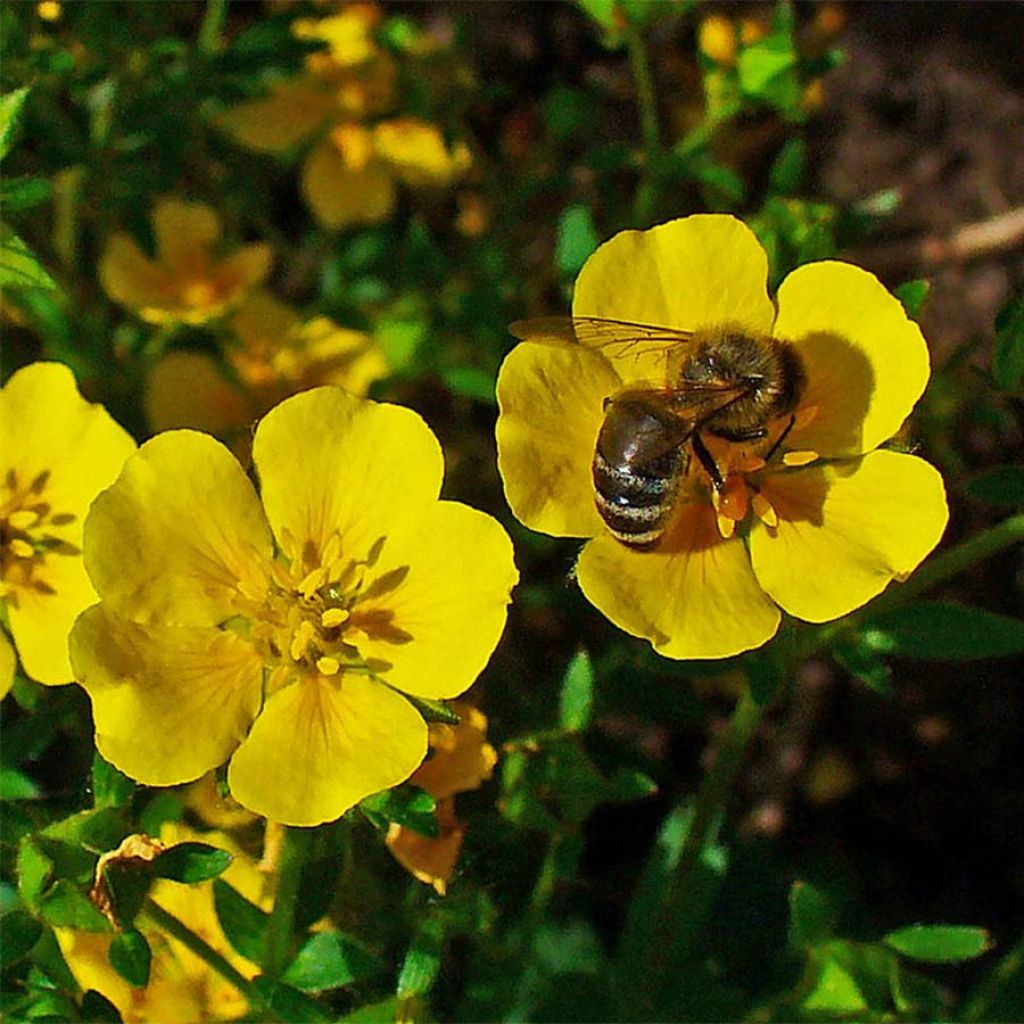

Potentilla aurea
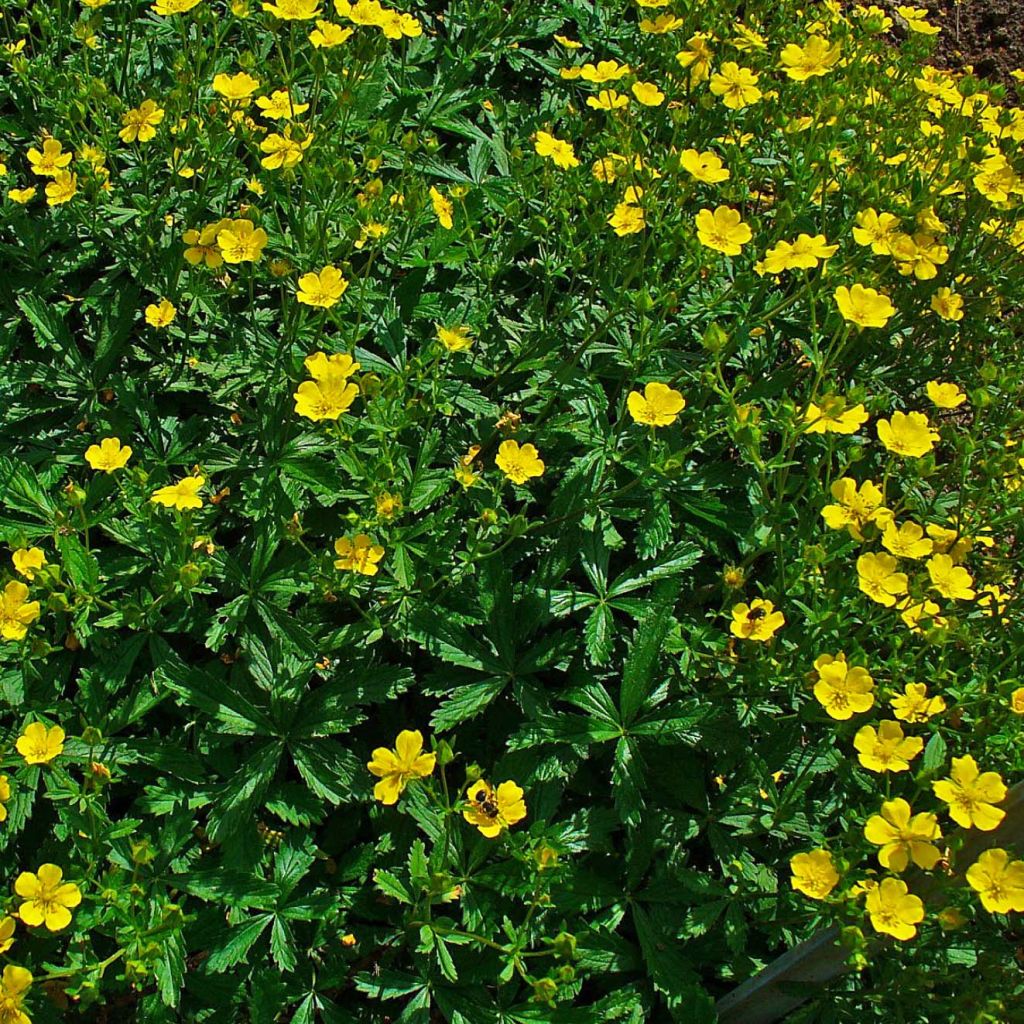

Potentilla aurea
Potentilla aurea
Potentilla aurea
Potentilla, Golden Cinquefoil
Very satisfied with all the young plants, quickly delivered. The bad weather and the cold didn't allow us to plant them right away, so we put them in the conservatory, watered them, and they started shooting. Everything is shooting in the garden...
Marie-Jose, 07/05/2021
This item cannot be shipped to the selected country
Delivery charge from €5.90
More information
Schedule delivery date,
and select date in basket
This plant carries a 12 months recovery warranty
More information
We guarantee the quality of our plants for a full growing cycle, and will replace at our expense any plant that fails to recover under normal climatic and planting conditions.
From €5.90 for pickup delivery and €6.90 for home delivery
Express home delivery from €8.90.

Does this plant fit my garden?
Set up your Plantfit profile →
Description
Potentilla aurea, also known as Golden Cinquefoil, is a creeping perennial plant native to the mountains, accustomed to cold and limestone soils. It has a low and bushy habit, and in summer it is adorned with charming small golden-yellow flowers in the shape of flat cups. They bloom on beautifully cut medium green foliage, with a silvery underside. This sturdy deciduous plant will thrive in a sunny rockery or wild garden, planted in a not overly dry, rather acidic, stony or clayey soil.
Potentilla aurea, just like strawberries, belongs to the Rosaceae family. Native to the mountains of southern and central Europe, it is widespread in the Alps and the Pyrenees, between 800 and 3000 metres (2600 and 9800 feet) above sea level. This botanical species is quite common in short grass meadows, rockeries, and open woods. It is a herbaceous perennial plant with spreading or erect, hairy stems, often protruding above the foliage. It forms a low clump, not exceeding 20 cm (8 in) in height, with a spread of about 30 cm (12 in). Its foliage consists of leaves divided into 5 elongated lobes, bordered by bristles, toothed in their upper half. These teeth are pointed, directed forward, with the terminal tooth usually noticeably shorter than its two neighbours. The upper surface of the lamina is a shiny green colour, while the underside, covered in silky down, is lighter. From June to August, the plant produces inflorescences in the form of light cymes, composed of golden-yellow flowers with 5 notched petals, measuring 1.5 to 2.5 cm (1 in) wide. The petals are often darker yellow at the base, or even orange.
Potentilla aurea is not a spectacular plant, but its golden flowers are not without charm, and it has the simplicity of wild plants, combined with good health. It tolerates poor, acidic, or stony soils, as long as they are not too dry. It is a perfect plant for borders, in the company of saxifrages or small sedums. It is also beautiful in a rockery, accompanied by Asplenium trichomanes (a small wall fern), Campanula portenschlagiana, Woodland Strawberry, and Erinus alpinus. It can also be associated with creeping gypsophila, Saponaria ocymoides, Geranium Philippe Vapelle, Paronychia kapela ssp. serpyllifolia, and Dianthus erinaceus.
Report an error about the product description
Potentilla aurea in pictures
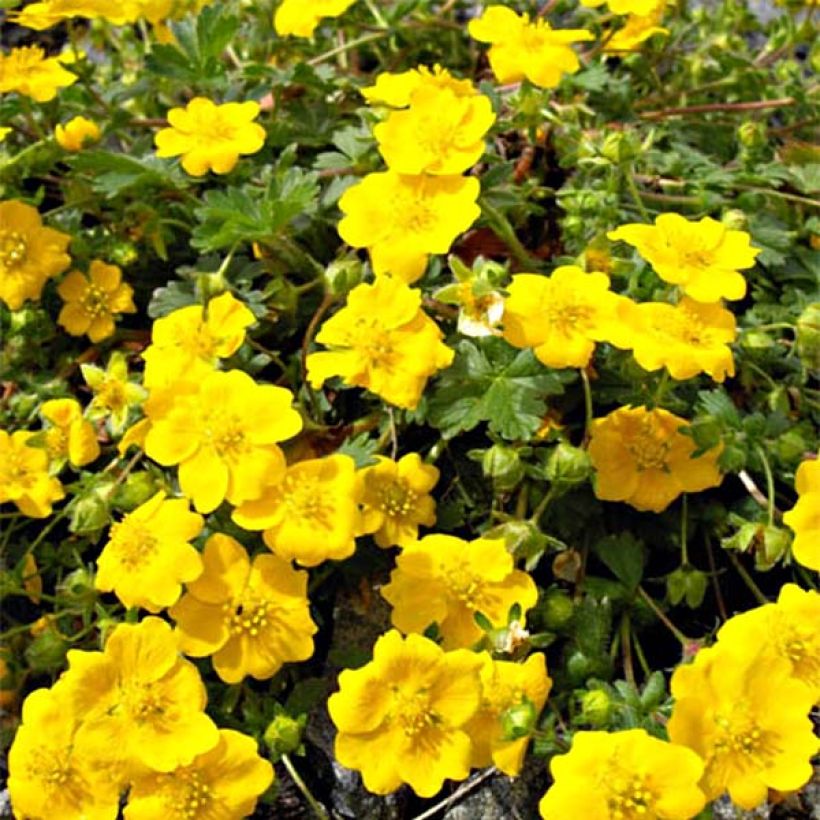

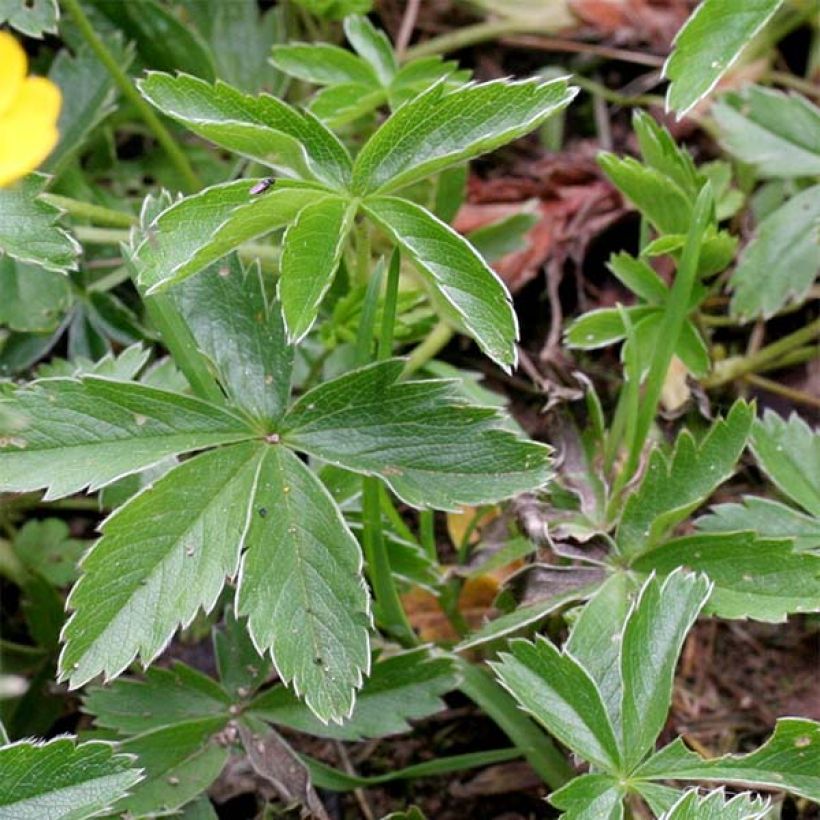



Flowering
Foliage
Plant habit
Botanical data
Potentilla
aurea
Rosaceae
Potentilla, Golden Cinquefoil
Alps
Other Perennial Potentilla
Planting and care
Potentilla aurea is a robust plant, free from disease and easy to grow. It can be planted in any ordinary soil, preferably clayey and free from limestone, and adapts to fairly poor or compact soils that not too dry but rather moist. This plant prefers sunny exposures but tolerates partial shade.
Planting period
Intended location
Care
-
, onOrder confirmed
Reply from on Promesse de fleurs
Summer flowering perennials
Haven't found what you were looking for?
Hardiness is the lowest winter temperature a plant can endure without suffering serious damage or even dying. However, hardiness is affected by location (a sheltered area, such as a patio), protection (winter cover) and soil type (hardiness is improved by well-drained soil).

Photo Sharing Terms & Conditions
In order to encourage gardeners to interact and share their experiences, Promesse de fleurs offers various media enabling content to be uploaded onto its Site - in particular via the ‘Photo sharing’ module.
The User agrees to refrain from:
- Posting any content that is illegal, prejudicial, insulting, racist, inciteful to hatred, revisionist, contrary to public decency, that infringes on privacy or on the privacy rights of third parties, in particular the publicity rights of persons and goods, intellectual property rights, or the right to privacy.
- Submitting content on behalf of a third party;
- Impersonate the identity of a third party and/or publish any personal information about a third party;
In general, the User undertakes to refrain from any unethical behaviour.
All Content (in particular text, comments, files, images, photos, videos, creative works, etc.), which may be subject to property or intellectual property rights, image or other private rights, shall remain the property of the User, subject to the limited rights granted by the terms of the licence granted by Promesse de fleurs as stated below. Users are at liberty to publish or not to publish such Content on the Site, notably via the ‘Photo Sharing’ facility, and accept that this Content shall be made public and freely accessible, notably on the Internet.
Users further acknowledge, undertake to have ,and guarantee that they hold all necessary rights and permissions to publish such material on the Site, in particular with regard to the legislation in force pertaining to any privacy, property, intellectual property, image, or contractual rights, or rights of any other nature. By publishing such Content on the Site, Users acknowledge accepting full liability as publishers of the Content within the meaning of the law, and grant Promesse de fleurs, free of charge, an inclusive, worldwide licence for the said Content for the entire duration of its publication, including all reproduction, representation, up/downloading, displaying, performing, transmission, and storage rights.
Users also grant permission for their name to be linked to the Content and accept that this link may not always be made available.
By engaging in posting material, Users consent to their Content becoming automatically accessible on the Internet, in particular on other sites and/or blogs and/or web pages of the Promesse de fleurs site, including in particular social pages and the Promesse de fleurs catalogue.
Users may secure the removal of entrusted content free of charge by issuing a simple request via our contact form.
The flowering period indicated on our website applies to countries and regions located in USDA zone 8 (France, the United Kingdom, Ireland, the Netherlands, etc.)
It will vary according to where you live:
- In zones 9 to 10 (Italy, Spain, Greece, etc.), flowering will occur about 2 to 4 weeks earlier.
- In zones 6 to 7 (Germany, Poland, Slovenia, and lower mountainous regions), flowering will be delayed by 2 to 3 weeks.
- In zone 5 (Central Europe, Scandinavia), blooming will be delayed by 3 to 5 weeks.
In temperate climates, pruning of spring-flowering shrubs (forsythia, spireas, etc.) should be done just after flowering.
Pruning of summer-flowering shrubs (Indian Lilac, Perovskia, etc.) can be done in winter or spring.
In cold regions as well as with frost-sensitive plants, avoid pruning too early when severe frosts may still occur.
The planting period indicated on our website applies to countries and regions located in USDA zone 8 (France, United Kingdom, Ireland, Netherlands).
It will vary according to where you live:
- In Mediterranean zones (Marseille, Madrid, Milan, etc.), autumn and winter are the best planting periods.
- In continental zones (Strasbourg, Munich, Vienna, etc.), delay planting by 2 to 3 weeks in spring and bring it forward by 2 to 4 weeks in autumn.
- In mountainous regions (the Alps, Pyrenees, Carpathians, etc.), it is best to plant in late spring (May-June) or late summer (August-September).
The harvesting period indicated on our website applies to countries and regions in USDA zone 8 (France, England, Ireland, the Netherlands).
In colder areas (Scandinavia, Poland, Austria...) fruit and vegetable harvests are likely to be delayed by 3-4 weeks.
In warmer areas (Italy, Spain, Greece, etc.), harvesting will probably take place earlier, depending on weather conditions.
The sowing periods indicated on our website apply to countries and regions within USDA Zone 8 (France, UK, Ireland, Netherlands).
In colder areas (Scandinavia, Poland, Austria...), delay any outdoor sowing by 3-4 weeks, or sow under glass.
In warmer climes (Italy, Spain, Greece, etc.), bring outdoor sowing forward by a few weeks.

































